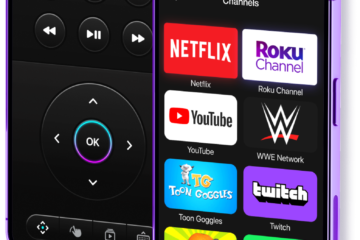Understanding Medical Massage: What It Is and How It Works

When traditional medical treatments aren’t enough to relieve pain and speed up healing, massage therapy can supplement your healthcare routine to significantly improve outcomes. Medical massage, performed by trained professionals near you, utilizes non-invasive techniques tailored to specific medical conditions and physical ailments.
What Is Medical Massage?
Medical massage encompasses a range of therapeutic massage techniques applied to treat pain, injuries and medical issues like chronic conditions, muscle spasms and restricted range of motion. Using techniques like myofascial release, trigger point therapy and active isolated stretching, medical massage works to:
• Reduce muscle tension, spasms and stiffness
• Increase flexibility, posture and circulation
• Lessen pain and swelling
• Improve function and mobility
• Supplement post-surgery recovery
• Speed healing of injuries like strains and sprains
Modalities commonly employed in medical massage include:
• Deep tissue: Addresses chronic trigger points and compressed fascia to break up knots and adhesions.
• Myofascial release: Applies sustained pressure to free restricted fascia and regain mobility.
• Trigger point therapy: Locates and releases hypersensitive points that cause referred pain patterns.
• Lymphatic drainage: Activates the lymphatic system to reduce swelling, inflammation and toxins that limit healing.
How Does Medical Massage Work?
When muscles tighten due to pain or injury, tissue health deteriorates and proper function is impaired. Medical massage works to:
• Loosen tight muscles and connective tissue: Massage techniques like deep tissue, myofascial release and stretches target taut muscles, helping regain their ability to properly absorb movement and stress.
• Boost circulation of oxygen and nutrients: Increased blood flow delivers healing components to wounded tissues while removing waste products that slow repair.
• Reduce inflammation: Techniques soothe inflamed tissues that become painful and swollen due to injury, assisting the body’s natural healing responses.
Conclusion:
Medical massage, when paired with traditional treatments and therapies, can significantly speed recovery from injuries, improve mobility after surgeries and manage chronic pain. Regular sessions increase flexibility, reduce muscle spasm, maximize range of motion and support tissue repair. While massage cannot cure medical issues, it effectively supplements treatment plans by loosening areas of tension and enhancing the body’s restorative mechanisms. Discuss incorporating medical massage near me into your healthcare routine with your doctor to see how it may benefit your specific condition.
















